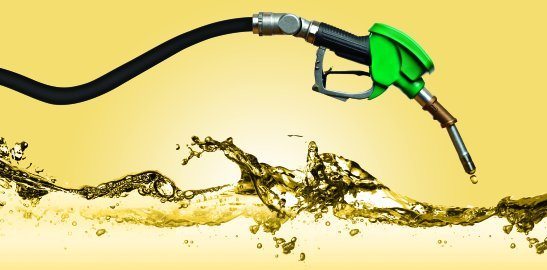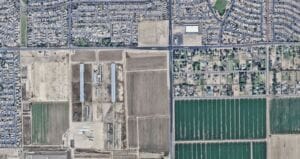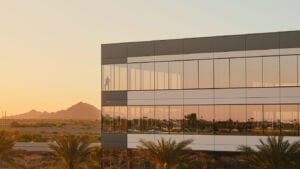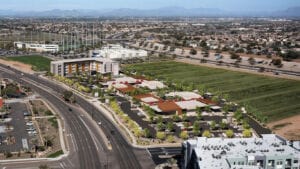In December, the State Transportation Board took the next step in the process of funding Interstate 11 (I-11) and the Intermountain West Corridor Study. It approved $15M for the Tier 1 Environment Impact Statement, which would allow the Arizona Department of Transportation (ADOT) to conduct an environmental study between Nogales and Wickenburg. This will take three years and follows a two-year feasibility study.
The I-11 corridor, though a final route hasn’t been decided, would likely follow US 93 from the Hoover Dam Bypass Bridge south to Wickenburg, running west of the Phoenix metropolitan area, through the Tucson area to Nogales and the Mexican border. It would connect Phoenix and Las Vegas and, potentially, Canada. The interstate is still in its infancy in Arizona.
“It is important to note that there is no funding set aside for the implementation of Interstate 11,” says Laura Douglas, spokeswoman for ADOT. “The only funding that ADOT has at this point is the $15M for the Tier 1 EIS that is set to begin this year.”
That funding will come from the 2015-2019 Five-Year Transportation Facilities Construction Program. However, ADOT, like most state transportation departments, relies on gas taxes collected on every gallon used by Arizona drivers.
“Transportation funding in general is very challenging, not just for Arizona, but for the rest of the states as well,” says Douglas. “ADOT must prioritize projects due to stagnant revenue from the gas and vehicle license taxes and from decreased federal funding. We have many needs and not enough funding to support those needs. During the last couple of years, our department has moved toward a major focus on preserving the existing state highway system and protecting our investment of more than $19B—this is the estimated value of the state highway system.”
Critics of this model primarily point to the outdated tax rates that haven’t been adjusted in Arizona for about 25 years. For example, Tax Foundation reported that nationwide in 2011, highway user fees and user taxes comprised half of state and local expenses on roads. State and local governments spent $153B on highway, street and road expenses while only raising $77.1B in fees and taxes. To make up some of the difference, the federal government provided $46B in aid — a little more than half of which was able to be sourced from the federal gasoline tax.
According to a 2011 ITEP report, states are losing about $10B annually due to construction cost increases that have occurred since the last gas tax increases. ITEP suggests that collectively, states will need to adjust their gas taxes to make up for that loss in revenue, among other solutions. It has been nearly 25 years since Arizona increased its gasoline tax. It has been more than two decades since the federal gas tax has been raised. ITEP suggests an increase of 12.6 cents per gallon would return the tax to a similar purchasing power the tax had when it was last set. According to the ITEP report, Arizona would need to adjust its tax by 13 cents per gallon, yielding an increase in annual revenue of $336.7M. Arizona is ranked No. 42 in the country by the Tax Foundation for its 19-cent state tax rate as of 2014.
ADOT Director John Halikowski has said in a press release that I-11 research has been the first step in “developing a multimodal freight corridor and manufacturing belt to drive trade, commerce and job growth and economic development while facilitating Arizona’s strong connections to major regional and international markets.” However, when that will be realized is still years away.
“It is difficult to put a timeline on the Interstate 11 project. The process starts with planning, then moves to environmental work, then design, then right-of-way, then construction,” says Douglas. “We are also approaching the implementation of Interstate 11 in two major phases. The Interim Corridor assumes implementation of targeted improvements to create a continuous four-lane divided highway from Nogales to Las Vegas. The goal of implementing this interim corridor is to facilitate trade movements among Mexico, Arizona and Nevada—until such a time as the ultimate trade corridor is needed. The Full-Build Corridor completes build-out of a multimodal transportation corridor that will match the needs of future demands for the movement of people and goods. The full-build concept is the long-term vision for the Interstate 11 Corridor.”




